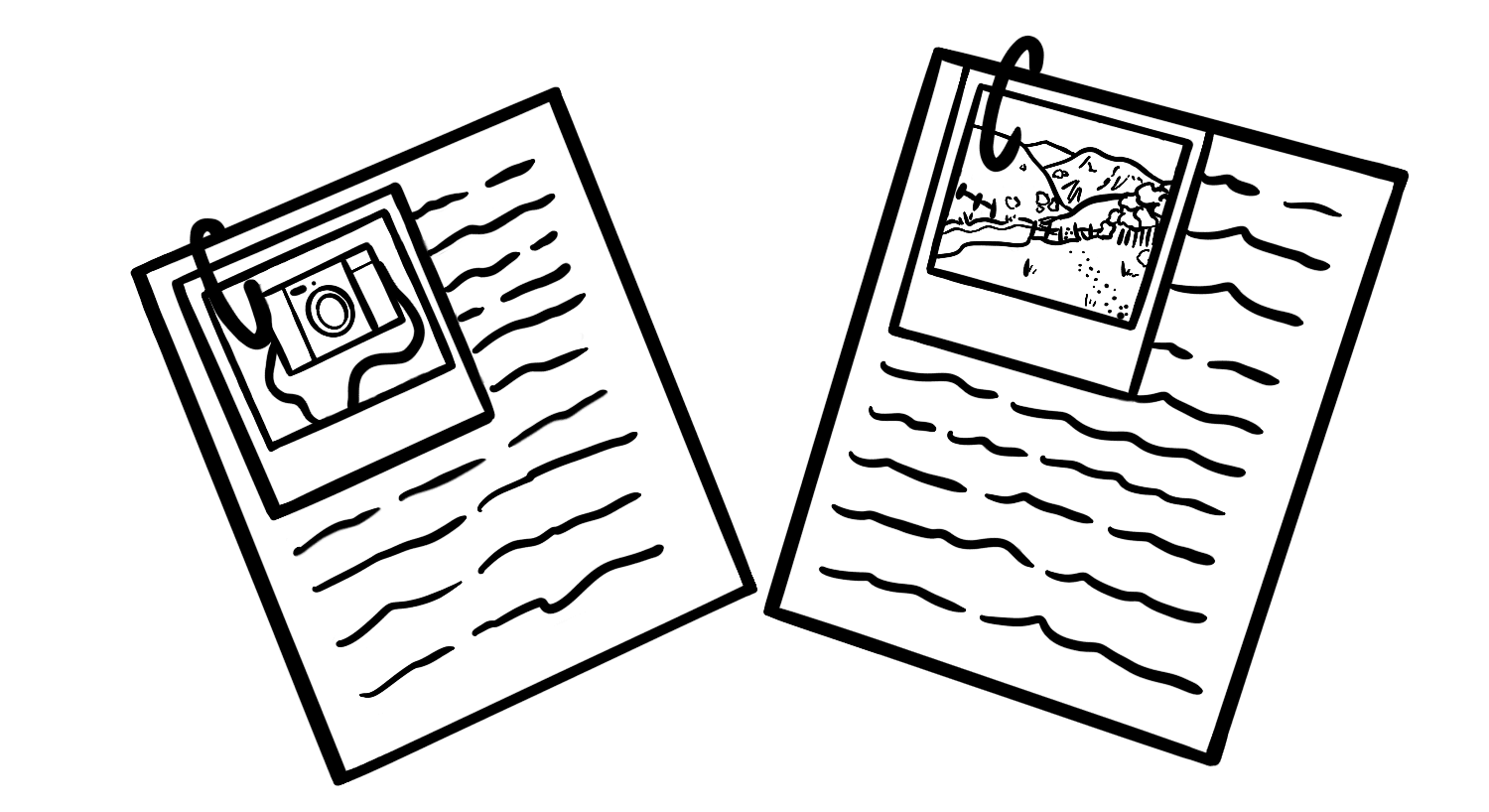Alternative text (“alt text”) allows content authors to describe images using text so that they are accessible to those who are unable to view them. While most commonly used by people who are blind or have low vision, alt text could also display in areas with slower internet connections that don’t have the bandwidth to load a high-quality image or in cases where someone is using an interface that doesn’t support graphics (like the Linux command line). When copying and pasting from a webpage, the alt text will also replace images when pasting into an application that doesn’t support images.
From an SEO perspective, alt text is also critical for search engines, as crawlers rely on human-provided descriptions of images on top of computer-generated understandings of what an image is of or contains.
Alternative text is frequently referred to as “alt text” in both speaking and writing because the HTML attribute usually used to provide this text is the “alt” attribute. This attribute can be added to any image tag. When it contains text, that text will be read by screen readers or displayed if the image cannot be loaded. If the alt text is not specified, screen readers will usually read the filename of the image as a back-up. If the alt text has been specified but is left blank, this is a signal to screen readers that the image is entirely decorative and should be skipped completely.
The alt attribute has been part of HTML since version 2 (released in 1994), though at that time the primary intent was to replace images for those on dialup or other extremely low bandwidth connections. It would not become a required attribute on images until the release of HTML 4 in 1997.

